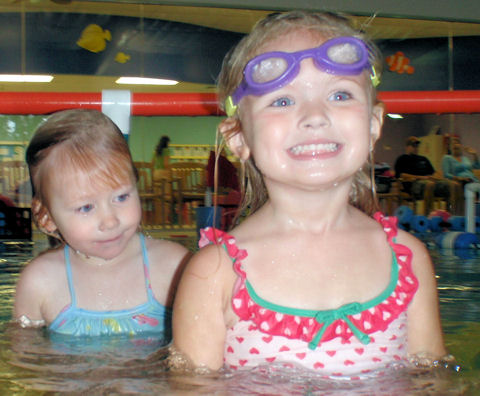
Did you know that when kids between 1 and 4 take formal swimming lessons, their risk of drowning doesn’t just decrease – it decreases SIGNIFICANTLY? The National Institute of Child Health and Human Development did a study that provides supporting data for this. Note the word “formal”. Paeents who teach their toddlers to dog-paddle around the pool may be teaching them a skills but they are not “protecting” them.
You should look for the following details when seeking out a program that will teach your child to swim and will instill the skills needed to “protect” your toddler from being a drowning risk.
Certified Instructors. This should be a national swim program such as the US Swim School Association,
Engaging with Parents. Make sure classes for children 3 and under are parent-child programs. For older children, parents should be able to watch from poolside.
Appropriate Teacher-to-Child Ratio. In parent-child classes, an appropriate ratio would be one instructor per six parent-kid pairs. In classes for kids 4 and over, the ratio should not exceed more than four children per teacher.
Water Safety Skills Emphasis. These skills should include how to climb out of the pool, how to roll from front to back, and how to wait for a cue from an adult before jumping in.
Limited Use of Floatation. These aids are acceptable when used for a drill or in a game, but not for use for the duration of the class.
Look for another program if any of these key areas of out of alignment. It is important to your child’s safety and to helping him/her develop the ability to be safe around water.
Also note that it is vital that you be diligent as parents in your role in your child’s safety around the water.


Conversations